You’ve been playing Genshin Impact for months, comfortable with its 90-pull guarantee and predictable pity system. Then you decide to try that popular Japanese gacha game everyone’s talking about – maybe it’s Fate/Grand Order or Umamusume Pretty Derby. Suddenly, you’re hundreds of dollars deep with nothing but low-tier cards and a growing sense that something’s fundamentally wrong.
The harsh reality? Nothing’s broken. You’ve just crashed headfirst into one of gaming’s biggest cultural divides. This isn’t just about different mechanics or slightly varied drop rates. We’re looking at completely opposite philosophies about what gacha games should be, how they should treat players, and what constitutes “fair” monetization. Understanding this divide explains why moving between regions can feel like stepping into an alternate universe where the rules you’ve learned simply don’t apply.
The Philosophy Split That Changed Everything
The core difference between Japanese gacha games and their Korean and Chinese counterparts runs deeper than numbers on a screen. Japanese games embrace what we might call “pure gambling” – the idea that randomness is randomness, and players should accept that reality. Korean and Chinese developers looked at this approach and decided they could engineer something that felt more fair while still being profitable.
Japanese games like Fate/Grand Order operate on brutal simplicity. That 1% rate for the top-tier character means exactly what it says – you have a 1% chance per pull, period. No safety nets, no mathematical certainty that your spending will eventually pay off. It’s gambling in its rawest form, where bad luck can theoretically continue forever.
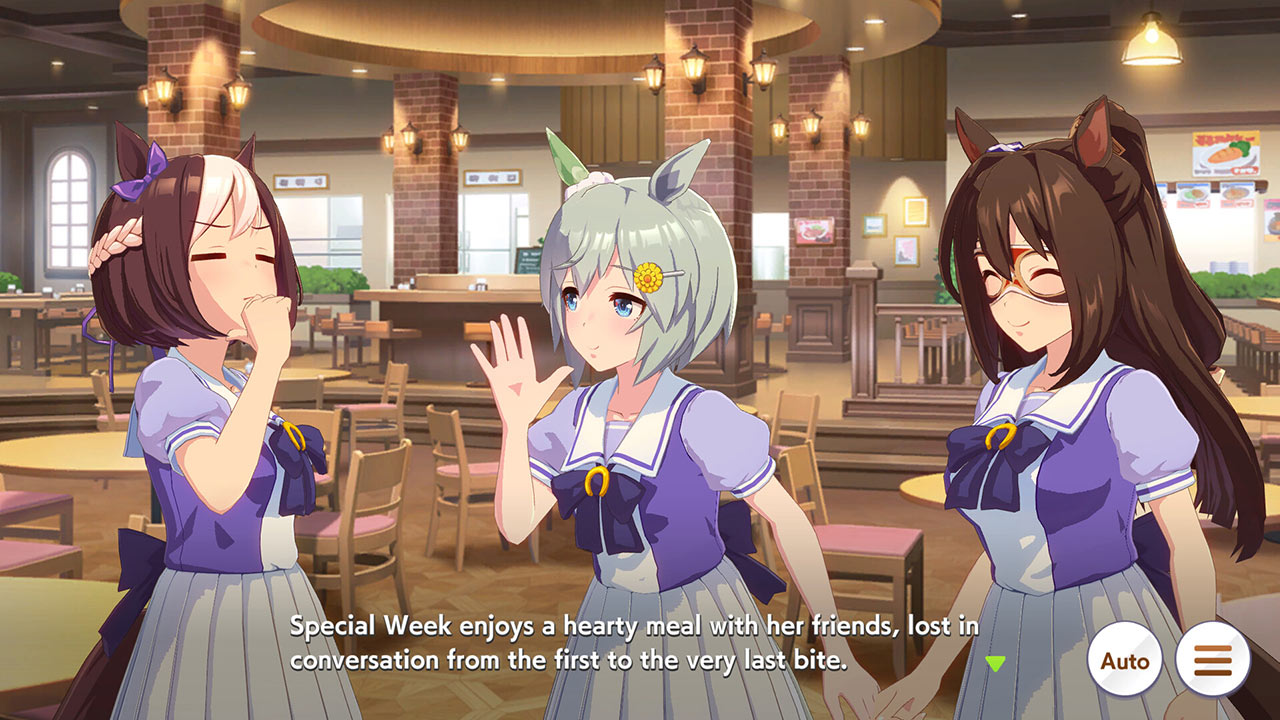
Meanwhile, games like Genshin Impact and Epic Seven introduced systems designed to eliminate the worst-case scenarios. Pity counters ensure that even the unluckiest player will get their desired character within a specific number of pulls. Guaranteed four-star units every ten pulls provide regular dopamine hits. Spark systems let players directly purchase characters after enough attempts.
This isn’t just a mechanical difference – it represents two completely different relationships between developer and player. Japanese games essentially say “we’ll give you lots of chances to gamble, but each chance is pure luck.” Korean and Chinese games promise “we’ll make sure your investment eventually pays off.”
When Modern Expectations Meet Traditional Systems
Most global players didn’t start their gacha journey with Japanese games. Their first experience was likely Genshin Impact, Arknights, or another title that had already “modernized” the gacha experience. These games created a generation of players who expect certain features as standard – pity systems, bad luck protection, guaranteed minimum rarities, and detailed probability displays.
When these players venture into Japanese territory, the experience feels actively hostile. Spending 300 pulls on a Fate/Grand Order banner and walking away with nothing isn’t just bad luck – it feels like a betrayal of everything they’ve learned about how gacha games should work. The 0.7% rate for a featured character isn’t softened by any safety net. That percentage is your reality, pull after pull.
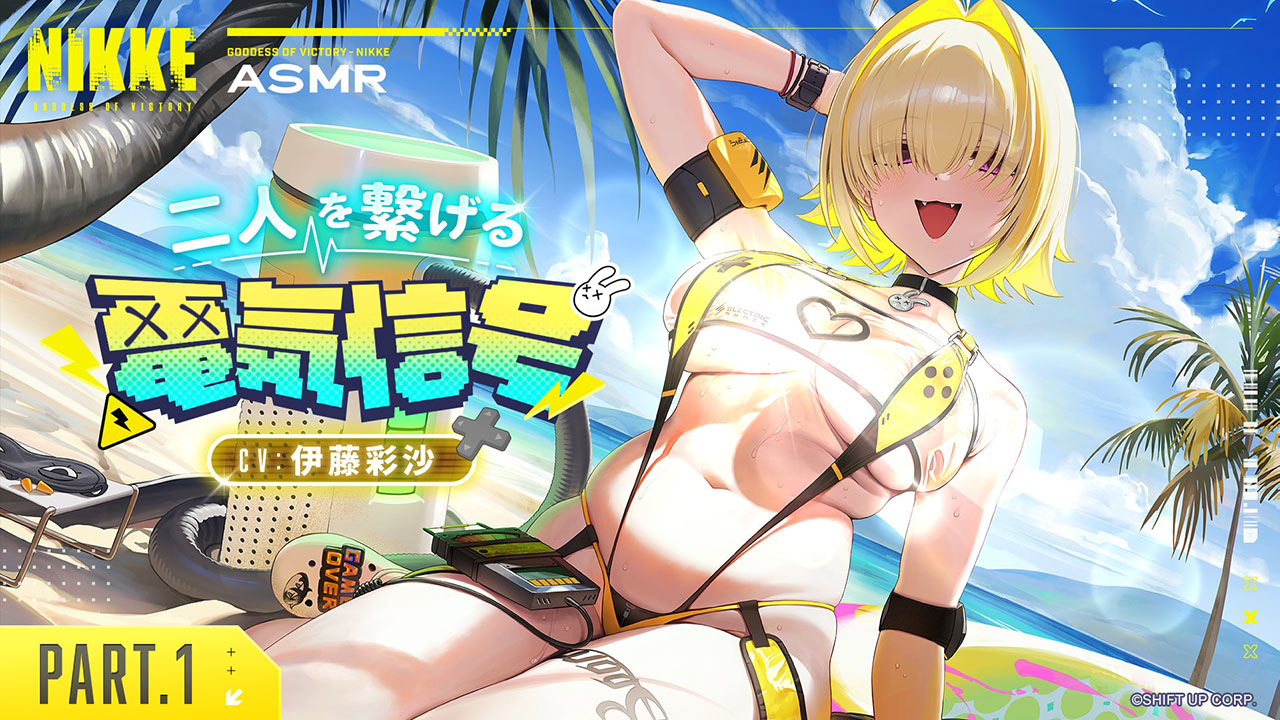
The culture shock manifests in predictable ways. Online forums fill with confused players asking if the game is broken, where the pity system is hidden, or whether they’re missing some crucial mechanic. The answer is always the same – there is no hidden system. What you see is what you get.
Why Japan Accepts the Brutality
Understanding why Japanese players accept these systems requires understanding the cultural context. Japan has a long relationship with gambling through pachinko parlors, where the randomness and potential for loss are part of the appeal. The Japanese gaming audience grew up understanding that gambling is inherently unfair, and that’s not necessarily a problem to be solved.
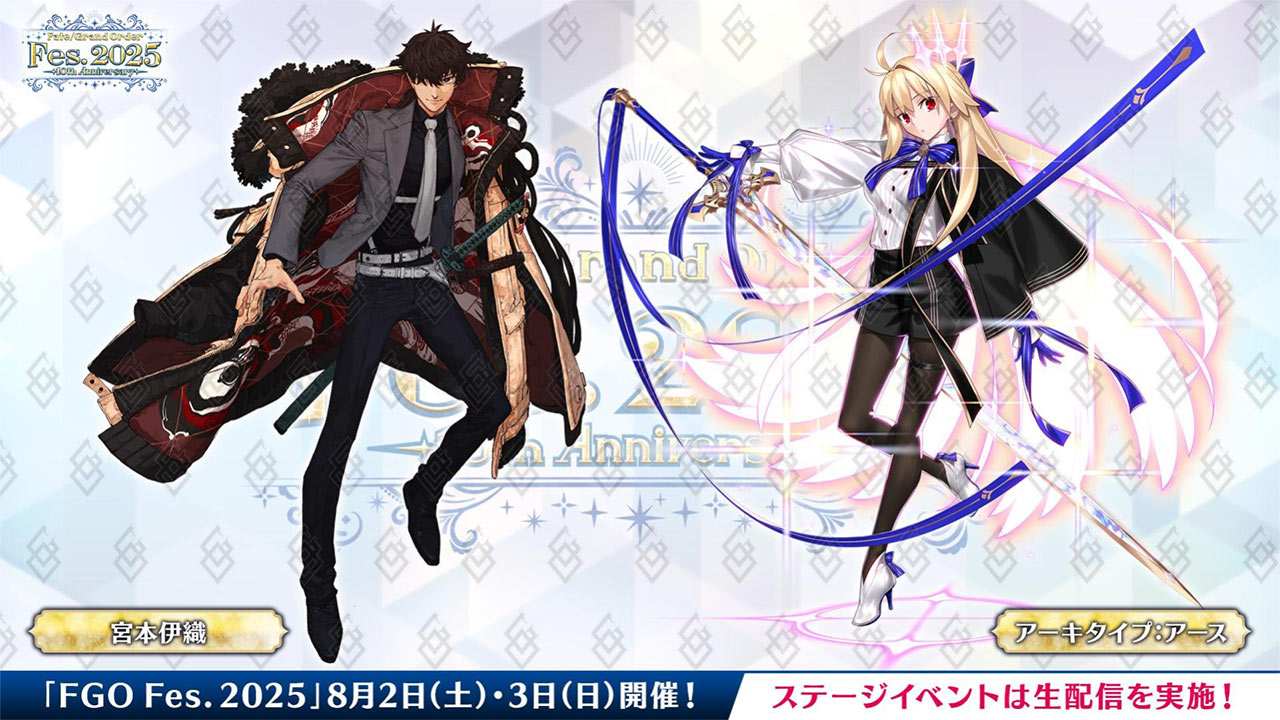
Japanese gacha games compensate for their harsh rates through different means. They typically offer extremely generous distributions of free premium currency, frequent free pull campaigns, and strong welfare units that can clear all content without spending money. The philosophy centers on giving players many opportunities to engage with the gacha system rather than guaranteeing success in any individual attempt.
This approach also tends to reduce the pressure to collect every character. Japanese games often design their content around using and developing favorite characters rather than requiring a broad roster. The brutal gacha rates actually serve a purpose – they make obtaining specific characters feel genuinely special and exclusive.
The Innovation Behind Modern Systems
Korean and Chinese developers didn’t stumble into player-friendly mechanics by accident. Their approach was driven by several strategic factors that Japanese developers didn’t face when establishing their systems.
Market competition played a huge role. As newcomers to mobile gacha gaming, Korean and Chinese developers needed ways to differentiate their products from established Japanese titles. Player-friendly mechanics became a competitive advantage, a way to signal that their games offered better value and respect for players’ time and money.
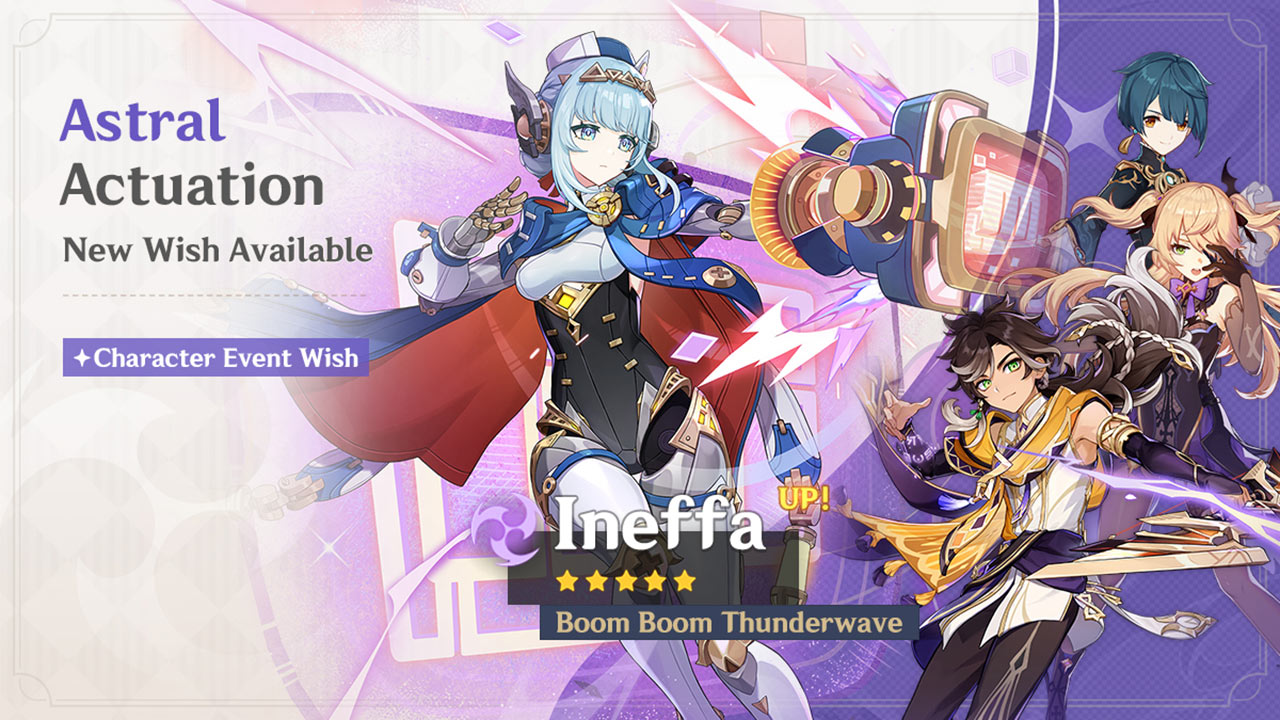
Regulatory pressure also shaped development. Both Korea and China implemented or threatened stricter regulations around gacha mechanics, pushing developers toward more transparent systems. The need to satisfy regulatory requirements while maintaining profitability drove innovation in pity systems and probability disclosure.
Many Korean and Chinese games were also designed with global markets in mind from the beginning. This necessitated systems that would appeal to Western sensibilities around fairness and value, leading to more generous mechanics than purely domestic Japanese titles.
The Collision Course
This divergence created an inevitable collision when global audiences encountered traditional Japanese systems. The culture shock goes beyond simple disappointment – it represents a fundamental mismatch between what players have learned to expect and what they’re actually receiving.
Rate shock hits first. Moving from Genshin Impact’s 0.6% rate with 90-pull pity to Fate/Grand Order’s 0.7% rate with no pity feels like a scam, even though the base rates are nearly identical. The presence or absence of safety nets completely changes how those numbers feel in practice.

Value perception becomes warped. Spending money feels worthless when there’s no guarantee of return, leading to accusations of predatory design. Players who budgeted for guaranteed outcomes in other games find themselves facing potentially infinite costs in Japanese titles.
Community discussions reflect this confusion constantly. New players to Japanese games regularly express disbelief at the systems, wondering how anyone accepts them. Meanwhile, veterans try to explain that these systems work fine once you adjust your expectations and approach.
The Business Reality Check
Both systems work financially for their intended audiences, which explains why the divide persists. Japanese games with “unfair” gacha systems continue generating massive revenue from domestic players who understand and accept the rules. Fate/Grand Order regularly tops revenue charts despite its notorious rates.
Meanwhile, Korean and Chinese games have captured global markets precisely because their systems feel more accessible to international audiences. Genshin Impact’s worldwide success stems partly from its pity system making players feel safer about spending money.
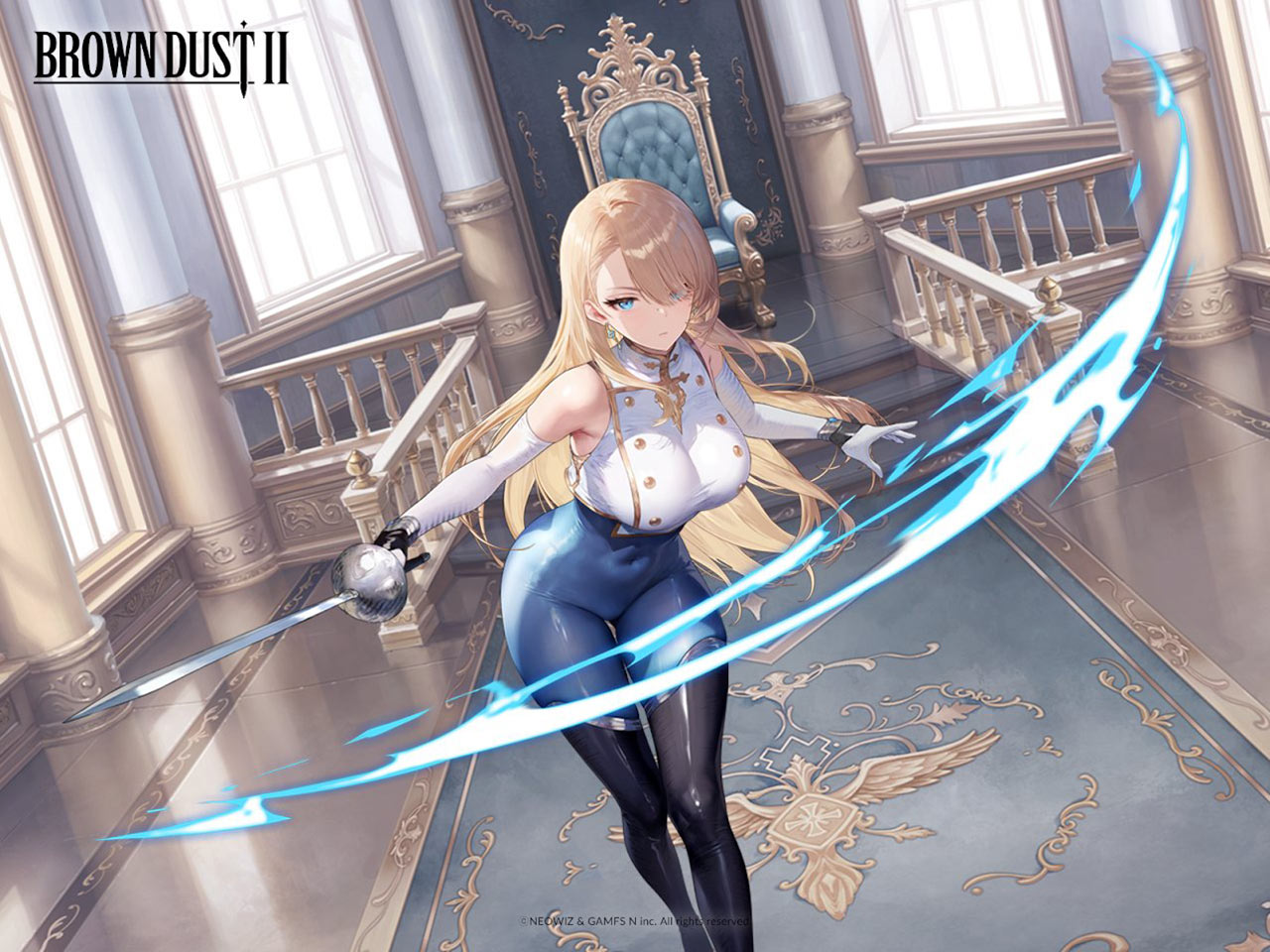
This success in different markets validates both approaches within their contexts. Japanese developers serving domestic audiences see little reason to change working systems, while globally-focused developers continue refining player-friendly mechanics.
Understanding Your Own Tolerance
For players navigating this landscape, the key is honest self-assessment about risk tolerance and spending comfort. Some players thrive on the high-variance nature of Japanese systems, finding guaranteed outcomes boring. Others need the security of pity systems to enjoy spending money on games.
Understanding these personal preferences helps avoid the culture shock that destroys many players’ enjoyment of otherwise excellent games. A player who needs guaranteed outcomes will likely hate even the best Japanese games, while someone who enjoys pure gambling might find modern pity systems overly predictable.
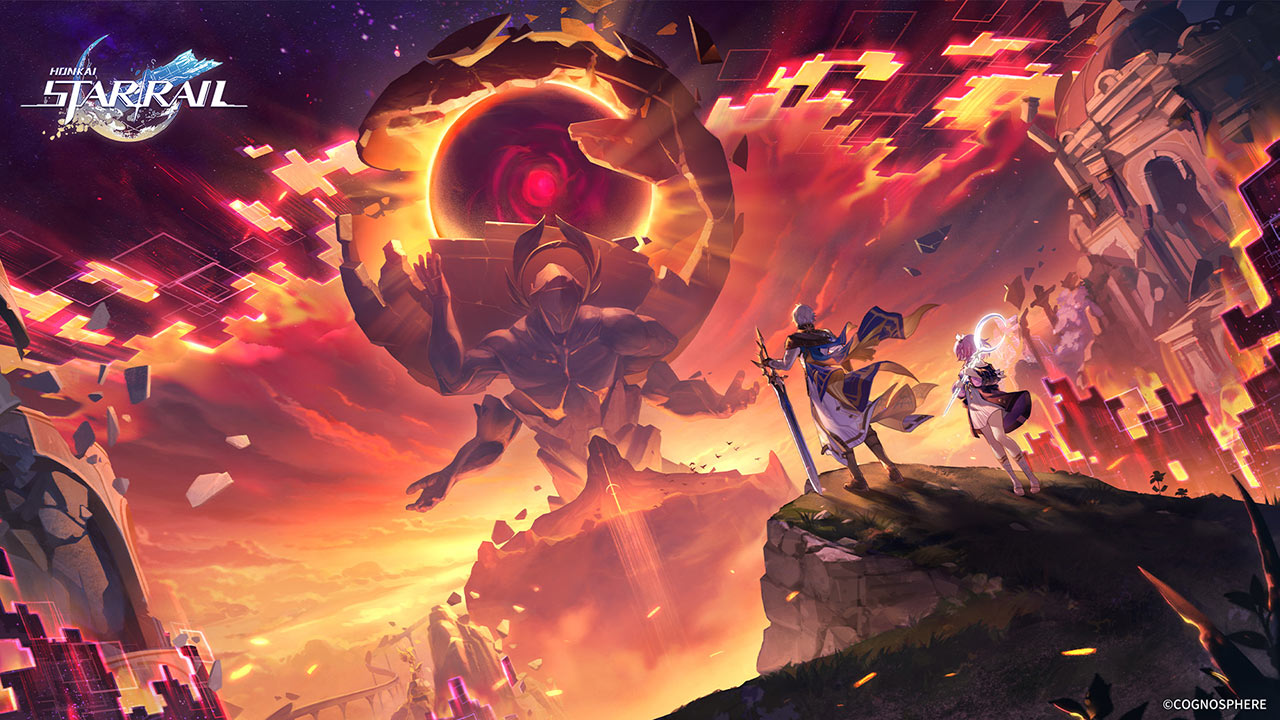
The goal isn’t to judge either system as inherently better or worse, but to understand how they work and what they expect from players. Japanese games demand acceptance of randomness and long-term thinking. Korean and Chinese games reward planning and patience. Both can be enjoyable once you understand their rules.
Understanding this divide helps explain the frustration many players feel when moving between regional gaming styles. Your expectations aren’t wrong – they’re just calibrated for a different philosophy about what gacha games should be. Recognizing this difference is the first step toward enjoying games from both traditions on their own terms.


![[BIC2025] Busan Indie Connect Festival 2025 Opens with Record-Breaking Participation](https://cdn.gamerbraves.com/2025/08/BIC-2025-Opening_News_FI-360x180.jpg)
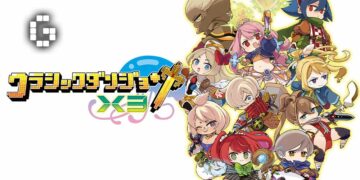
![[BIC 2025] Indie Developer Shares IP Collaboration Insights at Busan Indie Wave Conference](https://cdn.gamerbraves.com/2025/08/BIWC-Collaboration_News_FI-360x180.jpg)

![[BIC2025] Indie Developer Shares Replayability Secrets at Busan Indie Wave Conference](https://cdn.gamerbraves.com/2025/08/BIWC-Replayability_News_FI-360x180.jpg)

![[BIC2025] Game Developers Share AI Innovation Insight at Busan Indie Wave Conference](https://cdn.gamerbraves.com/2025/08/BIWC-AI_News_FI-1-360x180.jpg)


![[EXCLUSIVE] Honor of Kings Goes Global: Interview with James Yang on International Esports Expansion](https://cdn.gamerbraves.com/2025/08/James-Yang-Exclusive_Interview_FI-360x180.jpg)

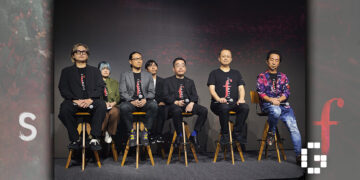

![[EXCLUSIVE] Creative Masterminds from Gearbox Software Reveal What Makes Borderlands 4 Worth the Wait](https://cdn.gamerbraves.com/2025/07/Borderlands-4-at-Bilibili-World-2025_Interview_FI-360x180.jpg)



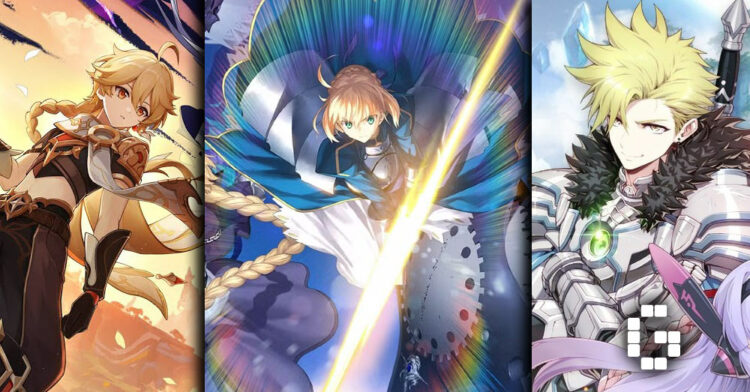
![[BIC2025] Busan Indie Connect Festival 2025 Award Winners Announced](https://cdn.gamerbraves.com/2025/08/BIC-2025-Closing-Ceremony_News_FI-1-350x250.jpg)

![[BIC2025] Busan Indie Connect Festival 2025 Opens with Record-Breaking Participation](https://cdn.gamerbraves.com/2025/08/BIC-2025-Opening_News_FI-350x250.jpg)






